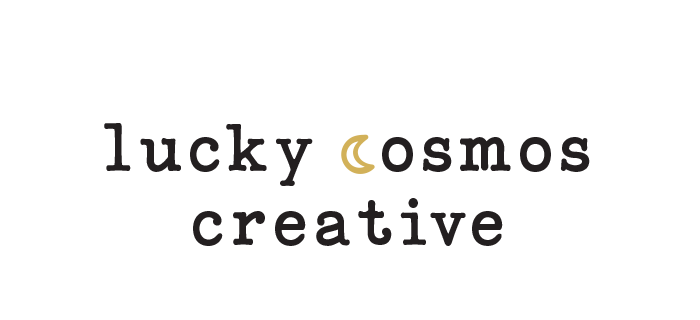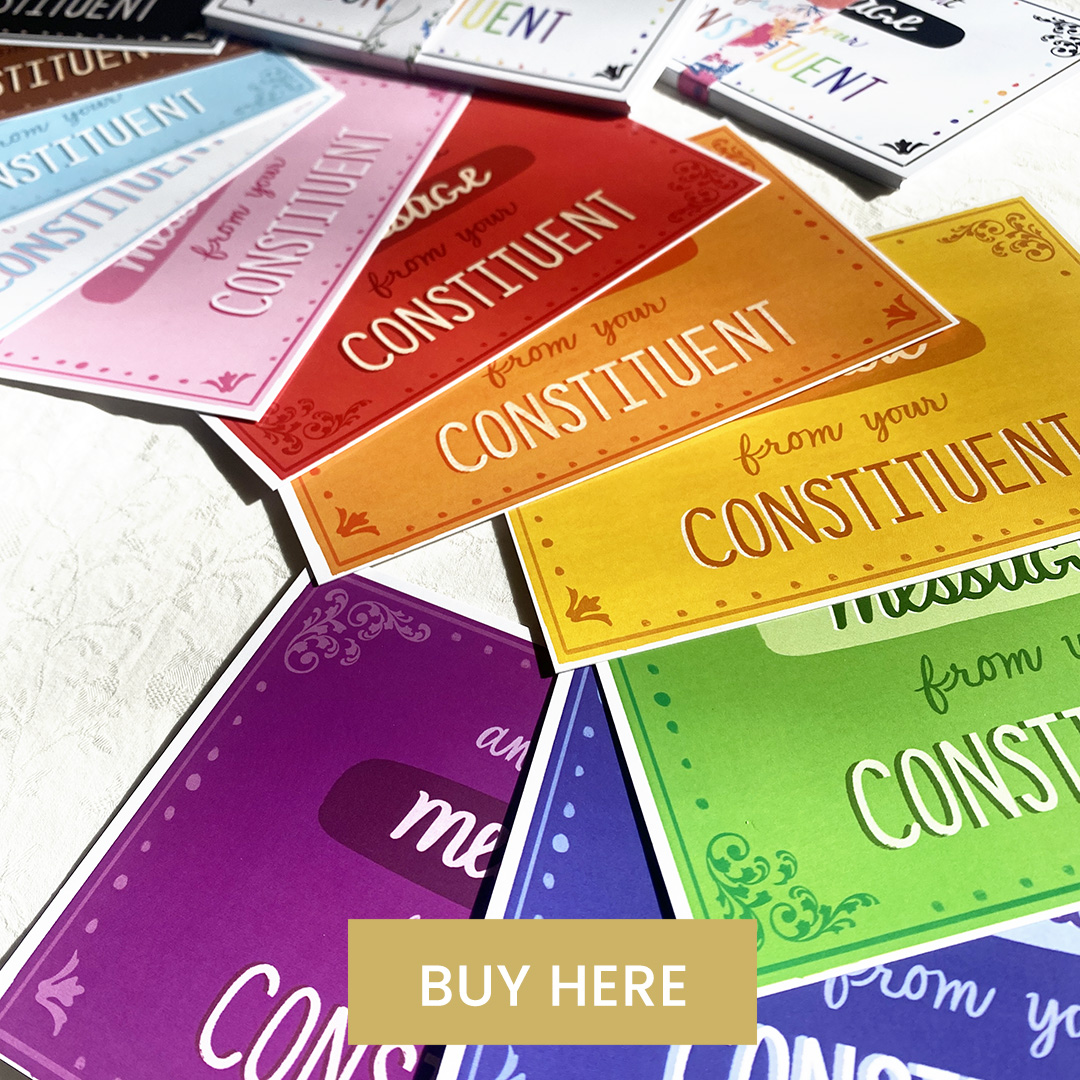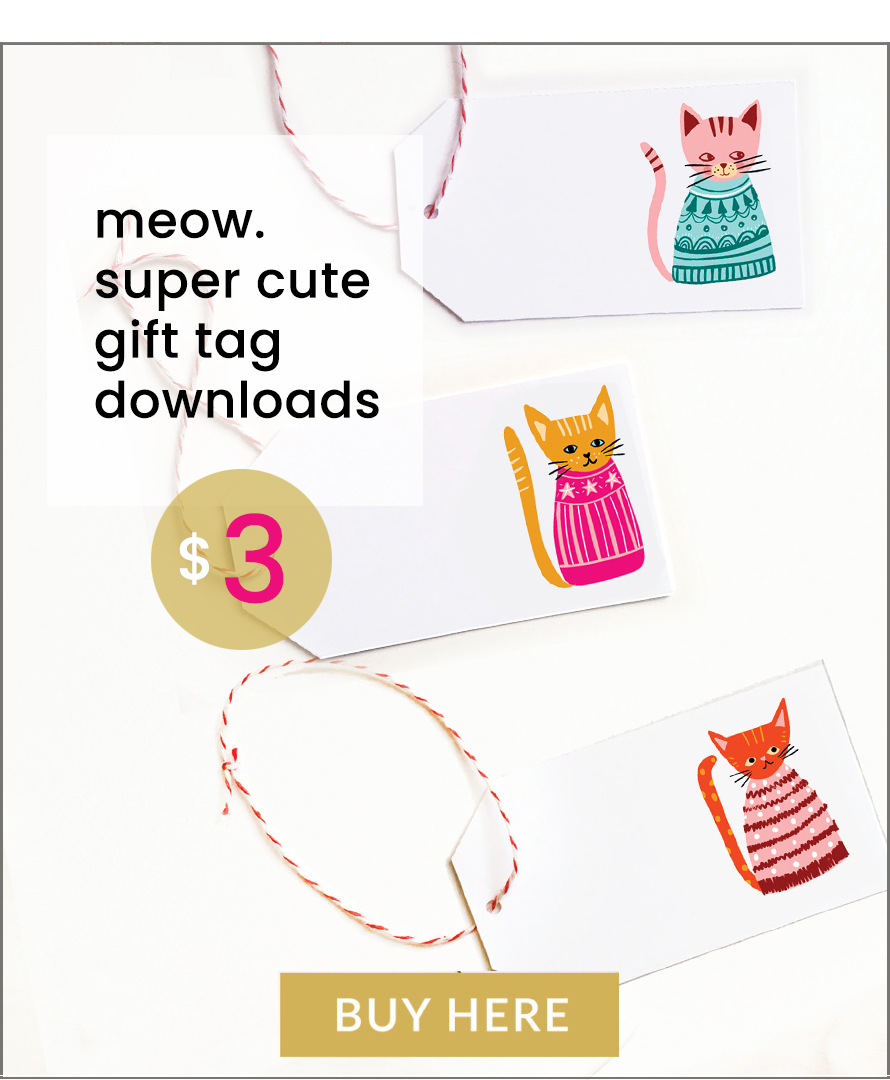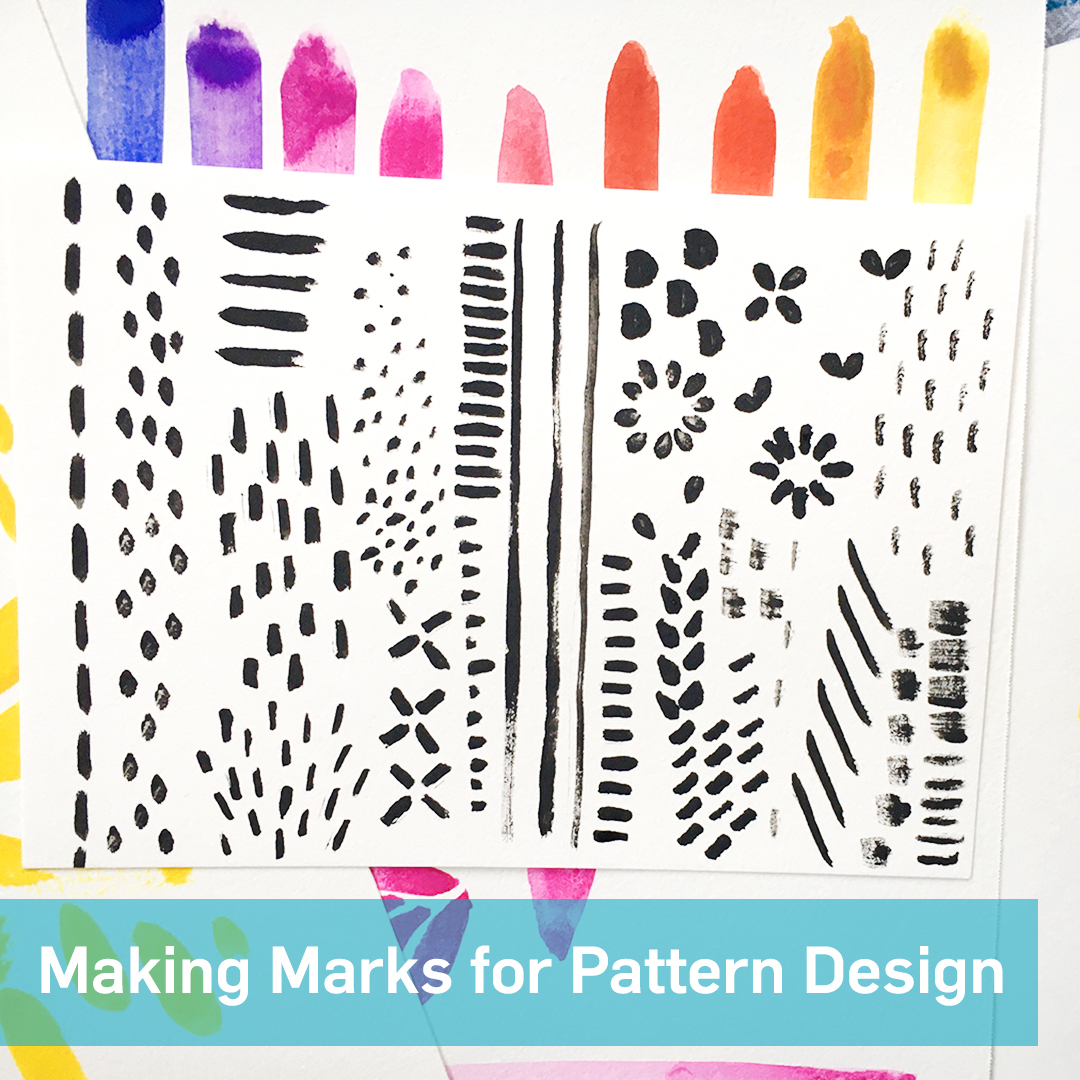
A short, sweet and satisfying journey into mark making..
When I first heard this term, I think my first impression was of a marksman shooting a target.. But… mark making is actually the simple practice of making “marks” for your artwork. No guns, y’all.
In art and design, making marks refers making to the individual strokes, lines, dots, stripes and patterns that we see in artwork and patterns. For a lot of artists it also consists of making their own textures and overlays and “grit” that can be used in multiple art pieces (this is a cool way to bring traditional tactile art into digital art creation).
Also, mark making is a marvelous and magical way to reintroduce yourself to pencil and paper if you’ve not drawn in a long time.
Settling in for some serious doodling and mark making is a really relaxing and loose art practice for many artists. There are a lot of mark making techniques that will create different results for different purposes using different instruments. And there are no rules – you can use paintbrushes, pencils, textured fabrics, sticks – friends, you can get really creative here.
If you’re looking for some mark making ideas to freshen up your designs, add coordinate prints, or add some depth and texture to your traditional or digital art layers, here’s a short, sweet exploration into one of the most fun and simple art basics.
Mark making examples to get some ideas flowing
Making marks is literally one of the most common ways that many illustrators or artists get their creative engine running so they can determine the direction of their larger art pieces.
In fact, there are some artists that are literally known for their specific style of marks. These mark making artists create beautiful patterns from doodles, squiggles, etches, dots, stripes.. Think back on the margins of your 8th grade algebra notes to the little doo-dads you drew so you could focus on equations. Those are the little gems that make some patterns the stars of the whole show.
If you look around, you can find these patterns out in the wild pretty easily: the pattern on your kid’s backpack, a patterned tissue box.. even these beautiful chia patterned cups are made from simple black dots and elevated by a gold rim and shiny glaze.
Here is an example of one of my mark making sessions using some Photoshop brushes: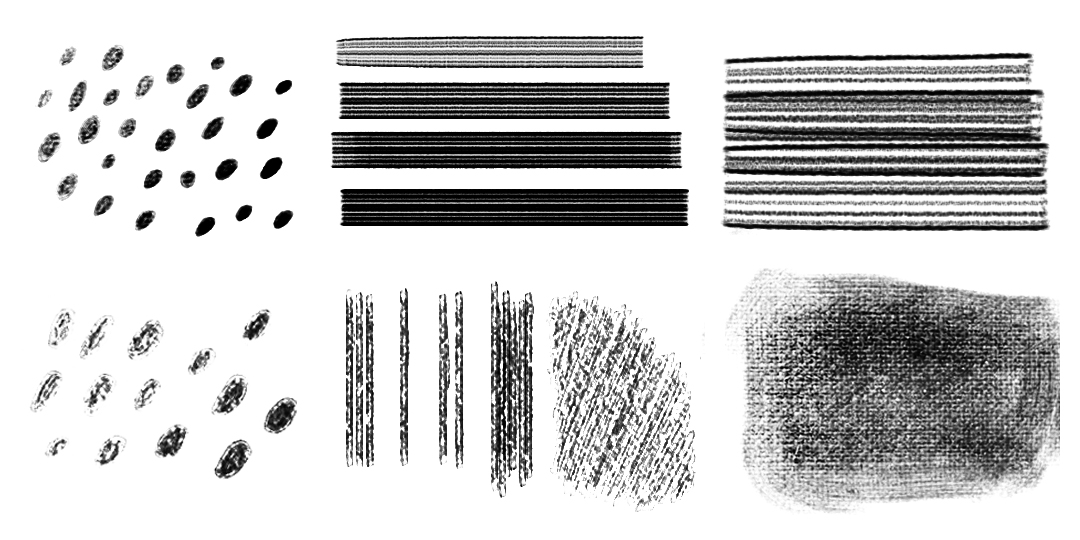 I like to create the textures that I can “blend” into my digital artwork layers to bring flat designs to life a bit more. Do I also have a ton of textures and washes and overlays that I’ve purchased as stock images? For sure – and I use these mainly in my graphic design work for hire.
I like to create the textures that I can “blend” into my digital artwork layers to bring flat designs to life a bit more. Do I also have a ton of textures and washes and overlays that I’ve purchased as stock images? For sure – and I use these mainly in my graphic design work for hire.
But when it comes to making my very own art, patterns and pieces with my copyright, I want to make sure every element that I use is created by me.
Different mark making techniques
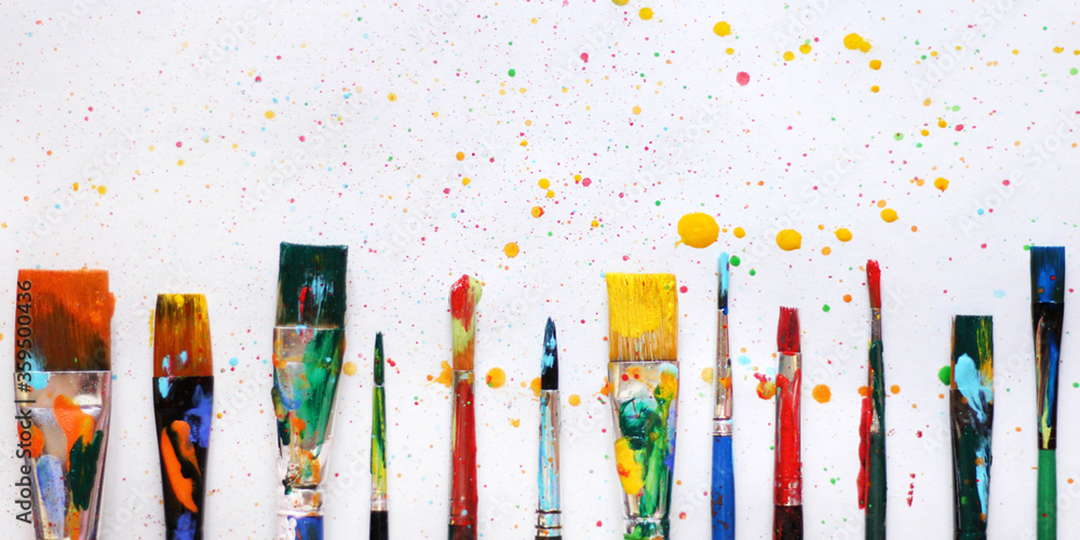
Like I said earlier, there are so many ways to make marks for art. I’ll just do a tidy little list of mark making tools and techniques here and maybe something will inspire you to explore a new method for your next art piece or pattern design:
- Paint brushes – using paint or other substances (experiment with thicker and thinner formulas – you can add sand, sparkle, fibers, etc)
- Pencils, crayons and chalks – great for drawing out little marks and doodles with precision
- Sponge – dip in paint or ink and try making marks from a more saturated or more dried out sponge
- Leaves, sticks, feathers and rocks – yes, yes, yes. Making marks from little bits of nature infuses way more “cool factor” into anything you’re making, so why not?
- Fibers like fabric, mesh, carpets, felt, chunky tweeds – just use as a little paintbrush to blot or create shapes
- Your own body – finger painting anyone? Toe painting anyone?
- Squeegees and paint – experiment loading the squeegee with different loads of paint to get different effects
That list may make this feel daunting. But mark making activities can be the simplest art you’ll ever make. A pen + a napkin = mark making magic (and honestly, it also equals a calming activity for your brain, and who doesn’t need that?). Just have some fun, be soothed by the repetition, and be cool, friend..
Making motifs from your marks

So you’ve ticked out some ticks, you’ve blotted some dots, and maybe you’ve dragged a blade of grass into a painstakingly straight line fit for a repeating stripe. And now.. It’s time to make the thing from the things.
And that may literally be just lining up your tick marks to make the perfect ticked organic stripe. Or arranging your watercolor dots into whole swath of dotty pebbles.
Mess making really gets you in the mood to make some motifs..

If you do want to build more complex motifs (recognizable shapes or icons found in a lot of art – like flowers, stars, symbols), get messy about it – and make as many marks as you can; building floral patterns, plaids and even stripes takes a lot of messing around..
Make a few combinations of shapes and bring together things that create the shapes you want to see. Experiment. Bring together things you don’t think will work just to see if you’re mistaken or a genius.
If you create digital art, you may want to digitize and vectorize your marks so you can drag them around on the screen and build things in real time. I love this method in Illustrator, grouping objects together as shapes that I can then arrange.
You can just as easily draw some new shapes from scratch using your (hopefully messy) sheet of marks as inspiration. Sometimes we make marks with an end goal in mind, like a specific shape or motif we want to create exactly. And sometimes we just make marks willy nilly that sort of let us know what they want to be when they grow up.
Marks and motifs in pattern design
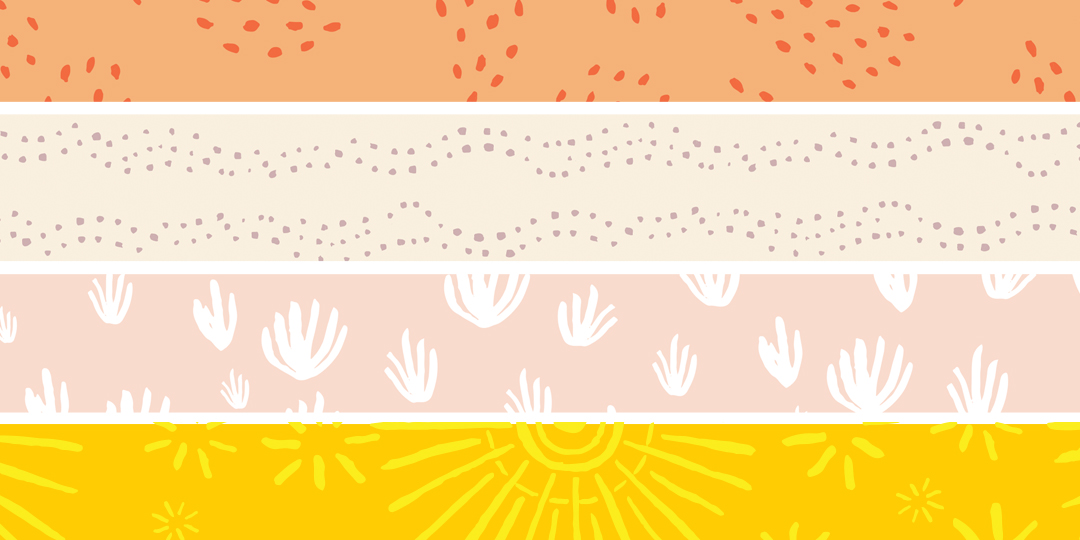
This image shows how super simple organic shapes can be used in pattern design – and they are really necessary for a balanced aesthetic. Our eyes love to rest on a simple coordinating pattern just as much as they love to explore a super busy hero print.
If you are making patterns, try to keep the same “weight” in your marks throughout your pattern, even as you create larger and smaller motifs that come together.
I’ve learned that sometimes I think having variation in the outlines, strokes or “weight” of the marks will bring in cool variation, but when I see them together printed on fabric or something other than my computer screen, the thin lines often get lost next to the thicks. But you’re the artist – and you may prove me dead wrong – so take my advice with a grain of sandy, glittery, salt.
And that’s really all there is to mark making, ma friends.
And the next time you sink into a podcast or your favorite tunes, think about adding in some doodle time. Make some marks, imagine they are little messages coming through your pen straight from your soul, and see where this art-venture takes you. See you in the messy marvelousness of making marks!
Other posts you may enjoy:
Surface Pattern Design Basics for Every Aspiring Pattern Designer
From Sketch to Vector – Vectorizing Raster Art Using Photoshop and Illustrator
